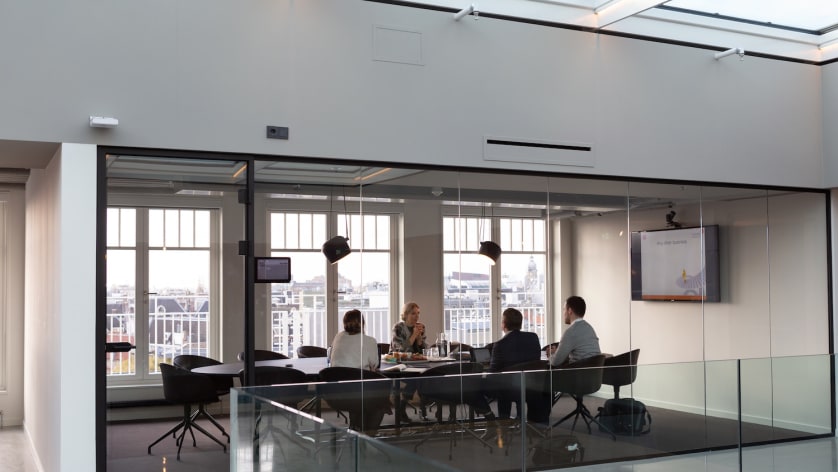Effective Meetings: A Developer's Guide

If you're the leader of a software development team, chances are pretty good that your devs spend more time doing things other than developing software. Much of that time is likely to be taken up by meetings. It is believed that for DEVs, time spent attending meetings has more than doubled in the last 5 years. As developers increasingly work in cross-functional teams, the amount of time spent in meetings naturally increases.
So you can make valuable use of their time and yours by ensuring effective meetings are held.
Make sure a meeting is required.
Think of it this way: How much does this meeting cost? Even if you forgo the fancy reservations and snack buffet, a developer's time is money. Quickly estimate what it costs for a couple of IT specialists to sit in a room together for an hour. Is this meeting worth it?
Schedule a meeting when you....
- need to make a decision
- need to solve a problem
- need to generate ideas
- want to create a plan for further development
- want to reflect and improve
Don't schedule a meeting (and instead find another way to achieve the same results) if you...
- want to share / review / recap information
- want to encourage employee buy-in
- want to be motivated / energized / inspired
Invite the right people
Nothing destroys the effectiveness of a meeting like having too many - or the wrong - people there. So keep the group as lean as possible while ensuring the following:
- The meeting leader shouldn't have to take notes.
- Enough diverse perspectives and skills should be present to achieve the desired results
- Key decision makers for the issues at hand
There is no magic formula for how big meetings should be, but a general rule for size from smallest to largest is based on the purpose of the meeting:
Make a decision < Solve a problem < Generate ideas.
Pick the right time
The good news: when there are fewer people present, there are fewer schedules to consider.
The bad news: everyone is usually very busy.
Plan the meeting with time zones, lifestyles and work culture in mind. The purpose of the meeting also informs when you should schedule it. In general:
- Tuesdays are the best days to meet. This gives people time to prepare the day before while still allowing time for deadlines at the end of the week.
- Mornings are the best time to make decisions. This study shows that people tend to make more thoughtful and accurate decisions in the morning and make quick, risky decisions in the afternoon.
- Afternoons are the best times to brainstorm. Surprisingly, studies have shown that creative, out-of-the-box thinking is most encouraged when our brains are a little tired!
Lead the conversation
Don't call out a meeting if you aren't able to be an organized and structured leader. Practice these skills as needed!
Encourage engagement
Leading a team of developers and tech specialists may look a little different than leading any other group.
Two quick and easy ways to maximize engagement are as follows
- Take agenda questions: Ask participants to think of questions ahead of time that may have come up during the preparation process. This will result in everyone at the table already being somewhat familiar with the topic at the start of the meeting, allowing for a better start.
- Insist on a split screen: As soon as a developer starts explaining a feature or bug in words only, half the room has checked out and the other half is only getting partial information. Everyone should be looking at the same code or interface at the same time. This leads to better understanding, more specific feedback, and faster resolution.
Two quick and easy ways to encourage contributions
- Leading by example: it takes a certain level of trust to speak up among a group of peers, and that trust is only built through experience. If the leader of the group is not afraid to say, "I'm not sure I fully understand this" or "Am I right about this?" the rest of the group, can be included in the deliberations or made less afraid to speak up themselves as well.
- Capture ideas: As a leader, you are often faced with stalled progress. In such cases, it is sometimes good to propose an anonymous collection of ideas - in this case, all participants can put slips of paper with their suggestions in a box. Afterwards, the different ideas (or comparable ones) are discussed in the group. This way, even shy participants can contribute.
Assign next steps and finish on time
If you've done a good job up to this point - inviting the right people, following an agenda, and summarizing - this last part should be a breeze.
- Review transcript: This is where you get a break and the notetaker takes over. You don't need to go over all the points - just mention the most important assignments again. The assigned person should be clear about their task afterwards.
- Punctuality: It should go without saying that the meeting starts on time - but it is equally important that it ends on time.















